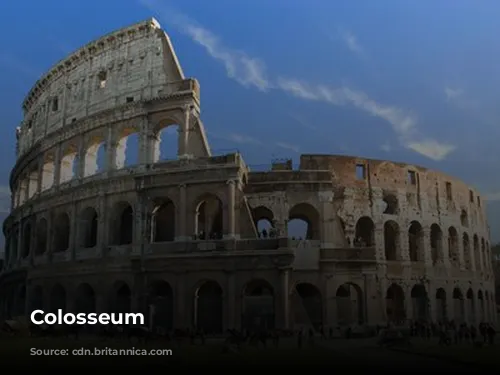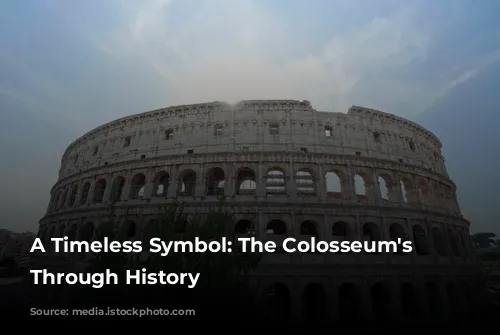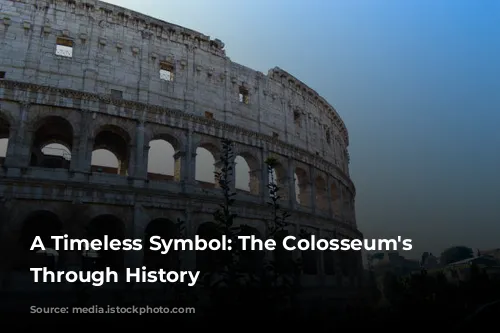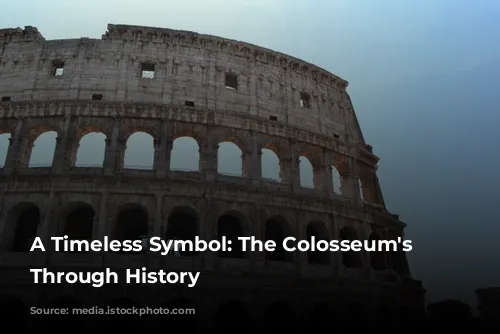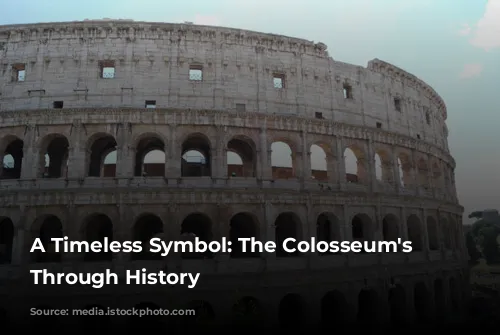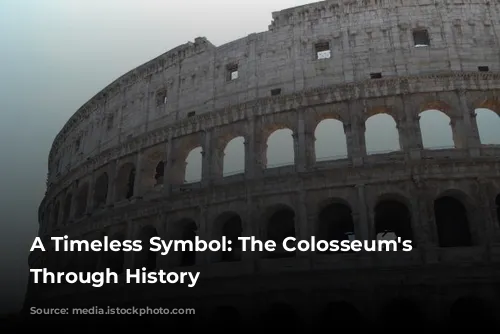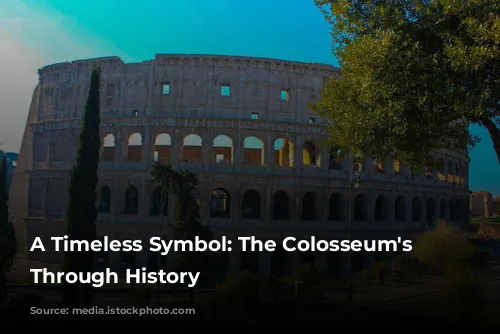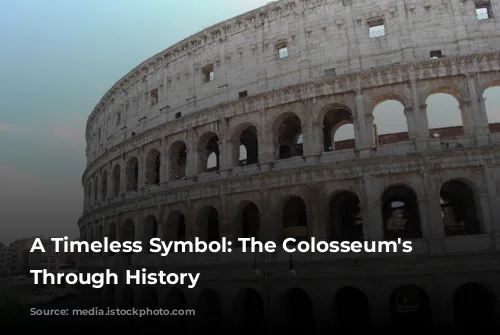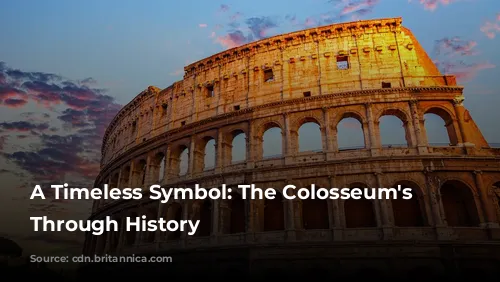The Colosseum, standing as a testament to ancient Roman engineering and architecture, stands as one of the few mostly intact structures from the Roman Empire. This iconic landmark is also a major source of income for Italy’s tourism industry. In 2018, the Colosseum, the Roman Forum, and Palatine Hill combined to generate over $63.3 million (€53.8 million), the highest revenue for any tourist attraction in Italy.
The Colosseum’s story is one of grandeur, decline, and eventual resurgence. After the fall of the Western Roman Empire, the structure fell into disrepair. During the 12th century, the Frangipane and Annibaldi families used the arena as their fortress. In the late 15th century, Pope Alexander VI permitted the Colosseum to be used as a quarry. For over a thousand years, the Colosseum was neglected, until state-funded restoration efforts began in the 1990s.
Built for Entertainment: The Colosseum’s Purpose
The Colosseum was built as part of an imperial effort to revitalize Rome after the turbulent “Year of the Four Emperors” in 69 CE. Like other amphitheatres, the emperor Vespasian envisioned the Colosseum as a hub for entertainment, hosting gladiator fights, animal hunts, and even mock naval battles.
Construction of the Colosseum began under the reign of emperor Vespasian between 70 and 72 CE. The completed structure was dedicated in 80 CE by Titus, Vespasian’s son and successor. Domitian, Vespasian’s other son, added the Colosseum’s fourth story in 82 CE. It is worth noting that the construction of the arena was funded by the spoils from Titus’s sack of Jerusalem in 70 CE and was built by enslaved Jews from Judea.
A Marvel of Engineering: The Colosseum’s Design
The Colosseum is an amphitheatre constructed in Rome under the rule of the Flavian emperors. It is also known as the Flavian Amphitheatre. This elliptical structure, made of stone, concrete, and tuff, stands four stories high, measuring 620 by 513 feet (189 by 156 metres). The Colosseum could accommodate as many as 50,000 spectators, and it was famously used for gladiatorial combat.
The Colosseum’s location, just east of the Palatine Hill, on the grounds of Nero’s Golden House, was a symbolic decision as much as a practical one. The artificial lake that was the centerpiece of Nero’s palace complex was drained, and the Colosseum was built in its place. Vespasian, who had humble beginnings, chose to replace the tyrant’s private lake with a public amphitheatre that could host tens of thousands of Romans.
The Colosseum’s Features: A Monument to Roman Craftsmanship
The Colosseum was officially dedicated in 80 CE by Titus in a ceremony that included 100 days of games. Later, in 82 CE, Domitian completed the structure by adding the uppermost story. Unlike earlier amphitheatres, which were built into hillsides for extra support, the Colosseum stands on its own, built of stone and concrete. Its complex system of barrel vaults and groin vaults creates a structure that measures 620 by 513 feet (189 by 156 meters) overall. Three of the arena’s stories are encircled by arcades framed by engaged columns in the Doric, Ionic, and Corinthian orders. The structure’s rising arrangement of columns became the basis of the Renaissance codification known as the assemblage of orders. Travertine was used for the main structural framework and facade, while volcanic tufa made up the secondary walls, and concrete formed the inner bowl and the arcade vaults.
The amphitheatre seated some 50,000 spectators, who were protected from the sun by a massive retractable velarium (awning). Supporting masts extended from corbels built into the Colosseum’s top story, and hundreds of Roman sailors were required to manipulate the rigging that extended and retracted the velarium. The Colosseum was the site of thousands of hand-to-hand combats between gladiators, contests between men and animals, and larger combats, including mock naval engagements. However, it is uncertain whether the arena was the site of early Christian martyrdom.
From Glory to Ruin and Back: The Colosseum’s Enduring Legacy
During the Middle Ages, the Colosseum served as a church and then as a fortress for two powerful Roman families, the Frangipane and the Annibaldi. The Colosseum suffered damage from lightning strikes, earthquakes, vandalism, and pollution. The marble seats and decorative materials disappeared, as the site was treated as a quarry for over 1,000 years. Preservation efforts began in the 19th century, with notable contributions from Pius VIII. A restoration project was undertaken in the 1990s. The Colosseum remains one of Rome’s major tourist attractions, drawing nearly seven million visitors each year. Regularly changing exhibitions that showcase ancient Roman culture are presented at the Colosseum.
The Colosseum, a marvel of Roman engineering and a testament to the empire’s power and influence, has endured for centuries. Despite facing neglect and destruction, this iconic landmark continues to captivate audiences, offering a glimpse into the past and reminding us of the grandeur of ancient Rome.


